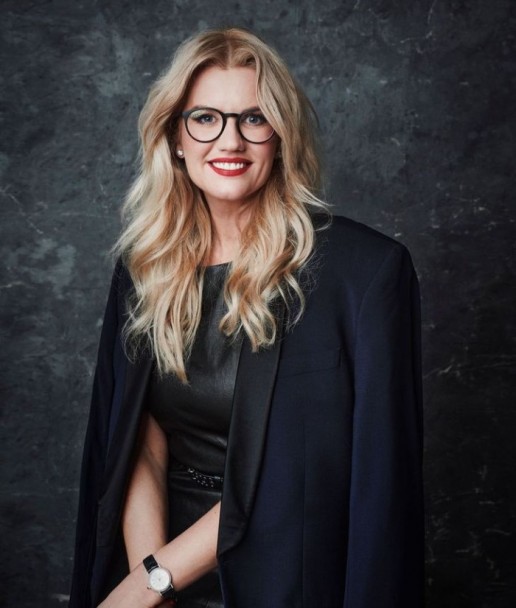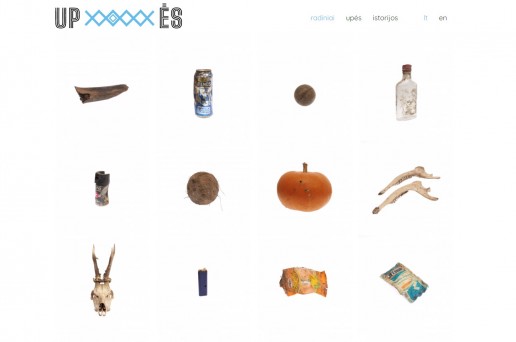Verslininkė Gitana Markovičienė: „Nedirbu nemėgstamo darbo, negyvenu su nemylimais. Noriu, kad viskas būtų tikra“
„Didžiausias nuotykis yra pats gyvenimas. Dėl to visada reikia būti laiku ir vietoje, kad tas nuotykis nepraeitų pro šalį kaip pro tuščią vietą“, – sako verslininkė Gitana Markovičienė.
Read more
TẽKA komanda kviečia tyrinėti virtualų upių atminties archyvą
Nuo 2016 m. veikianti nepriklausoma, „Kaunas – Europos kultūros sostinė 2022“ partnerė, kultūrinė upių tyrimų platforma TẽKA, siekdama gaivinti Kauno regiono paupių gyvenimą, pristato virtualų Kauno upių, upelių ir pakrančių atminties archyvą www.upynes.lt, šiais metais startuojantį su Kauno m. mažųjų upelių radinių galerija.
Read more
TẽKA team invites to explore the archives of river memory
Since 2016 operating partner of Kaunas – European Capital of Culture, cultural river research platform TẽKA, seeks to revitalise the life of Kaunas Region riversides and presents the virtual archive of Kaunas rivers, streams, and banks www.upynes.lt, which starts this year off with a gallery of findings in Kaunas City streams.
Even though rivers are often considered one of the constituents of Kaunas’ identity and individuality which formed the face of the country’s largest river centre for centuries, great physical changes in the 20th century (a hydroelectric power station was built) have destroyed the former urban, cultural, and social order, and at the same time transformed the unique Kaunas genius loci (spirit of the area). The imagery of Kaunas as a river port has nearly disappeared from the city’s cultural memory as well, it is remembered only by historians and the eldest member of society. Kaunas streams (at least 15 can be found in the city, not counting hundreds of smaller springs), in the meantime, were started to sewer between the world wars, and during the soviet years, as the city’s residential neighbourhoods were expanding, the larger part of Kaunas streams were already buried deep underground. Even the still unobstructed streambeds are currently hidden under the thick foliage of trees, shrubs and weeds, the banks are flanked with fences, littered with construction waste. Although the streams flow through an urban territory, cross industrial zones, residential areas, gardens and kitchen gardens, being lawless areas, streambeds usually only ‘serve’ the role of dumping grounds, which continue to carry waste to Nemunas, the Curonian Lagoon, the Baltic Sea.
In 2020 Autumn, Kaunasians were invited to natural exploratory expeditions through the forgotten city streams to familiarise with these urban city’s recesses. In total, six expeditions were organised, which trailed the streambeds and their valleys within the city’s range. Throughout the hike, the participants not only admired the wild and rarely seen scenery of the city, but also collected various natural and human activity denoting objects found in the rivers. The collected objects tell a wordless story of the inter-relationships between the city, people, and nature. These findings are now being exhibited in a virtual gallery, and in the upcoming year will be presented in a physical exhibition.
Exploratory expeditions through other streams of Kaunas City will also continue in 2021. Near some of the streams, workshops, artistic installations, and discussions with the community will be held, seeking answers on how city streams should be integrated into Kaunas’ life. Those who wish to receive more information or join next year’s activities should write to [email protected] or contact facebook.com/tekakrantine
This website is part of 2020-2021 project UPYNĖS, which is implemented through the initiative of TẽKA together with Lithuanian Union of Architects Kaunas Department. The project is presented by Kaunas – European Capital of Culture 2022.




